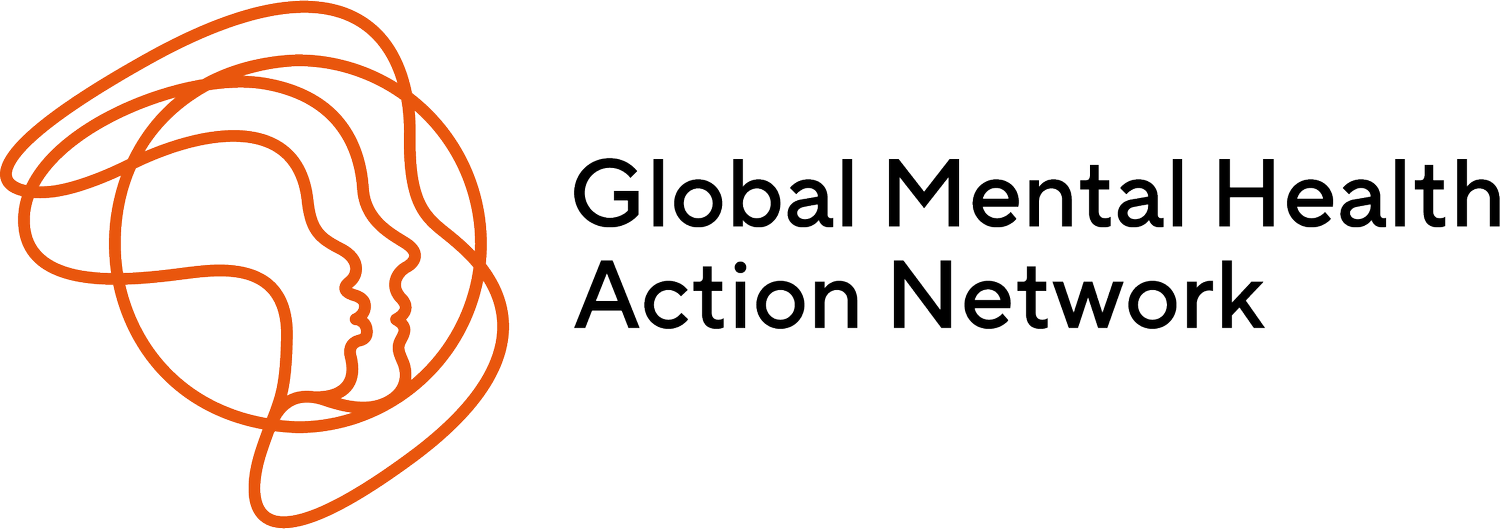MEMBER BLOG: A new model for dealing with pandemic-related burnout
By Heather Wokusch, Executive Director of SDG2030 and of MESPERO: Impact for Resilience, Austria
Burnout was a massive challenge even before the Covid-19 pandemic. A 2015 study found that workplace stress and burnout contributed to at least 120,000 deaths in the US each year, for example, with additional costs of up to $190 billion or 8% of national spending on health care annually. When the World Health Organization (WHO) recognized burnout as an ‘occupational phenomenon’ in 2019, the move was hailed as a step towards reducing stigma. Yet by describing burnout as ‘chronic workplace stress that has not been successfully managed,’ WHO was seen to emphasize individual responsibility while minimizing causal factors not connected to employment.
Regardless, COVID-19 has shattered former distinctions and created an urgent permutation: pandemic-related burnout. Billions across the world have been struggling with work-life balance, homeschooling, lack of mobility, financial stress, illness and the death of loved ones during the pandemic. Depression and anxiety have become normalized.
In this past year of consulting organizations with employee mental health issues connected to the pandemic, I have witnessed the inadequacies of standard burnout paradigms. While the classic 12-stage burnout model used by many still has merits, diagnostic factors such as ‘lack of social interaction’ and ‘withdrawal’ lose meaning in light of quarantine and social distancing.
And more problematic, most burnout paradigms place sole responsibility on the individual - regardless of context. But how can pandemic-related burnout be addressed without acknowledging broader societal and systemic factors?
SHE OR HE Burnout Model
In response I developed a model—with the acronym SHE OR HE—for identifying the root causes of burnout in specific contexts. The focus is on targeted questions for individuals including:
System: Feeling stuck? Like the rules are unfair? Have you internalized those rules?
Health: Eating right, getting enough exercise? Drinking, smoking, taking other substances? How's your sleep?
Environment: Feeling isolated, crowded... both? How's your work-life balance? How often can you really unplug?
Origin: Grew up too fast? Overachiever? Any trauma in your family history?
Reward: Feeling unappreciated? Numbing yourself just to get through?
Hope: Do you see options? Support system, resources? Is change possible?
Effort: Are you addicted to the pace? Have to do it all by yourself? Feeling drained, unmotivated?
Applying ‘System’ questions to organizations
The SHE OR HE Burnout Model can also be applied to organizational human resources (HR). After all, it’s one thing to get employees back to the office after the pandemic but entirely another to handle the potential tsunami of mental health challenges when they return. And access to meditation apps or a few paid time-off days just won’t cut it in the long-term.
Almost half of employees surveyed said that they would probably quit if their employer does not offer hybrid working conditions after the pandemic. Yet over 90% of HR leaders were concerned about hybrid working models and employee burnout. Such employment dilemmas are now increasingly accompanied by widespread cost-cutting measures, related layoffs, hiring freezes and reduced budgets for staff support services.
In short, taking a more structured approach to pandemic-related burnout prevention on an HR level is imperative. And to get better results, we must ask better questions. These are samples from the SHE OR HE Burnout Model ‘System’ category:
Organizations in general should be asking:
Do your employees have reasonable workloads and enough resources; are those workloads increasing and resources decreasing?
Is it necessary for your employees to be ‘always on’ and reachable?
Since virtual touchpoints often lead to burnout, how are those handled?
How does your organization promote work-life balance?
Are managers trained in communicating with empathy and respect?
Since female employees are at greater risk for burnout, what special measures are in place for them?
How flexible are working hours?
Does your company have a clear mental health policy? Does it include a non-discrimination policy, options for time out without loss of pay/seniority, free access to confidential mental health support, etc?
Further questions specifically for organisations or professional bodies employing healthcare workers (HCWs) should include:
Understanding that increased administrative burden and productivity metrics contribute to HCW burnout, what is being done to mitigate both?
Since HCWs responsible for the care of COVID-19 patients are at greater risk for burnout, what preventive and treatment measures are in place for them?
Understanding that female physicians have elevated levels of burnout, are those preventive and treatment measures gender-equitable?
What elements of your workplace ethics and culture might promote burnout for which specific groups of HCWs? How is that measured?
Given that front-line humanitarian-aid HCWs often experience burnout from vicarious trauma, what specific interventions and treatment solutions are being implemented?
It’s clear that to develop an integrated, evidence-based framework for identifying and treating pandemic-related burnout, it is imperative to ask better questions and get better data - burnout research suffers from a lack of agreed diagnostic criteria and very limited focus on burnout in low-income and middle-income countries. And it is equally important to incorporate those with lived experience in specific contexts when developing comprehensive action plans to tackle pandemic-related burnout.
